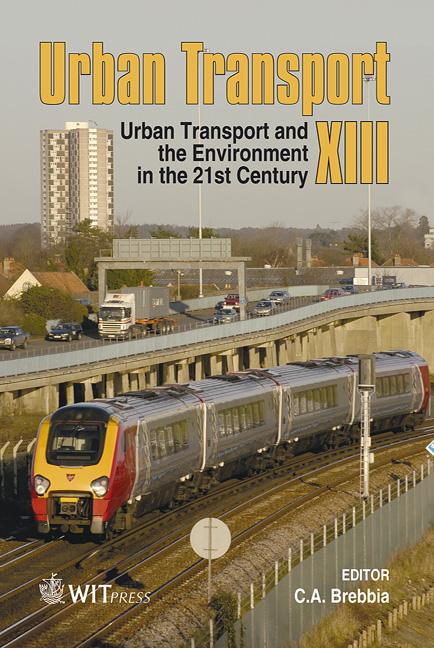Urban Land-Use Transport Interaction Modelling: State Of The Art And Applications
Price
Free (open access)
Transaction
Volume
96
Pages
10
Published
2007
Size
1,255 kb
Paper DOI
10.2495/UT070491
Copyright
WIT Press
Author(s)
F. Russo & G. Musolino
Abstract
This work focuses on urban Land-Use Transport Interaction (LUTI) modelling carried out to support the strategic planning process. A LUTI model is formalized and all modelling components and connections are described. The model is applied to forecast changes in transport and land use patterns at an urban strategic scale. Keywords: Land-Use Transport Interaction, urban modelling. 1 Introduction Transport systems affect economics and planning of an urban area, conditioning households and firms location choices, production levels, trade and land use patterns. Land-Use Transport Interaction (LUTI) modelling can support strategic planning, policy making, public and private investment decisions. Many urban LUTI models refer to the Multi-Regional-Input-Output (MRIO) framework, estimating transport demand, generation and location of activities, land use, as a result of interaction between a transport system of models and an activity model. Schematically, the former provide transport supply performances which affect activity location in the latter; the latter provide the activity system generation and location which affect transport demand in the former. The objectives of this work are: definition of a state of the art on LUTI models, in the part concerning the activity models; formalization of a LUTI model and description of all modelling components and connections; model application to forecast changes in transport and land use patterns at an urban strategic scale. The paper is articulated in three sections, according to the above objectives.
Keywords
Land-Use Transport Interaction, urban modelling.





